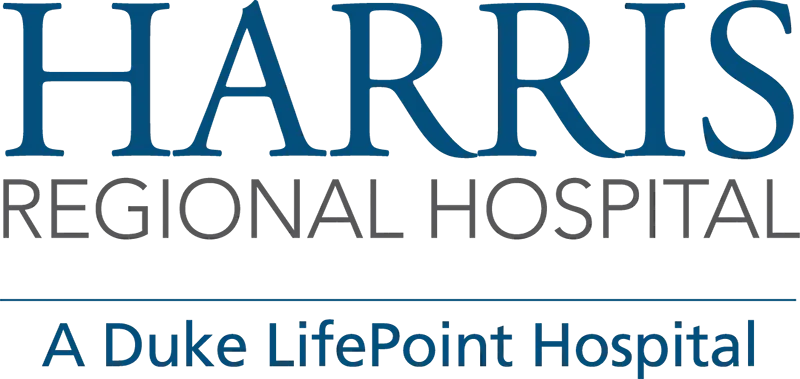Low-Dose CT Lung Cancer Screening
If you are a smoker or a former smoker, a simple screening could save your life. Lung cancer is the leading cause of cancer death in the U.S. and 80 percent of cases occur in cigarette smokers. Studies show that lung cancer scans using low doses of radiation can effectively detect lung cancer in its earliest stages and lower your risk of dying from lung cancer.
What is LDCT lung cancer screening?
LDCT (low-dose computed tomography) works much like an X-ray exam to produce pictures of your chest and lungs. This high-quality lung screening detects lung abnormalities with 90 percent less ionizing radiation than a conventional CT scan. If you have a high risk of lung cancer but no signs or symptoms, an LDCT scan could help you catch potentially cancerous spots at their earliest and most treatable stage.
When is LDCT lung cancer screening recommended?
Early detection of lung cancer in high-risk patients is critical. You are considered high risk if you:
- Are between the ages of 50 and 77 (Medicare covers up to 77 years of age, but private insurance may cover up to 80 years of age), and
- Have a smoking history of 20 pack years (1 pack per day for 20 years or two packs per day for 10 years), and
- Currently smoke or have quit smoking within the last 15 years
Initial Consultation and LDCT
If you would like to undergo an LDCT scan, the first step is scheduling an appointment with your primary care provider. This appointment will be a time to discuss your age, smoking history and other factors so that your physician can determine if you are eligible for screening. If you are eligible, your primary care provider will schedule your LDCT scan.
What to Expect During Your Low-Dose CT Scan
Before your scan, you may be asked to avoid eating or drinking for a few hours. You'll be provided with detailed instructions to ensure you are fully prepared. The scan itself is quick and painless.
- Preparation: You'll be asked to lie down on the CT scanner table, and our trained technologists will position you comfortably.
- Scanning: The scanner will rotate around your body, capturing detailed images. You may be asked to hold your breath for a few seconds to ensure clear images.
- Results: Your doctor will review the images and discuss the findings with you, usually within a few days.
What happens next?
Your medical provider will call you soon after your screening to explain your results and discuss any additional necessary medical care. If the LDCT scan detects any potentially cancerous nodules, another screening may be needed after a few months to monitor your lungs. Regardless of your results, annual screenings are recommended, as yearly LDCT scans have been shown to decrease mortality in patients who have increased risk due to smoking.
Is screening covered by my insurance?
Medicare covers the cost of an LDCT scan for high-risk patients. Many private health insurers provide coverage as well. Your physician will give you more specific details about eligibility and costs during your consultation.
Remember… An LDCT scan can detect lung cancer in its earliest stages, but it cannot prevent or cure disease. The only way to stop cancer before it starts is to stop smoking. If you think you may be ready to quit, ask your primary care provider for guidance and health advice. For more information about quitting tobacco use, visit smokefree.gov.
